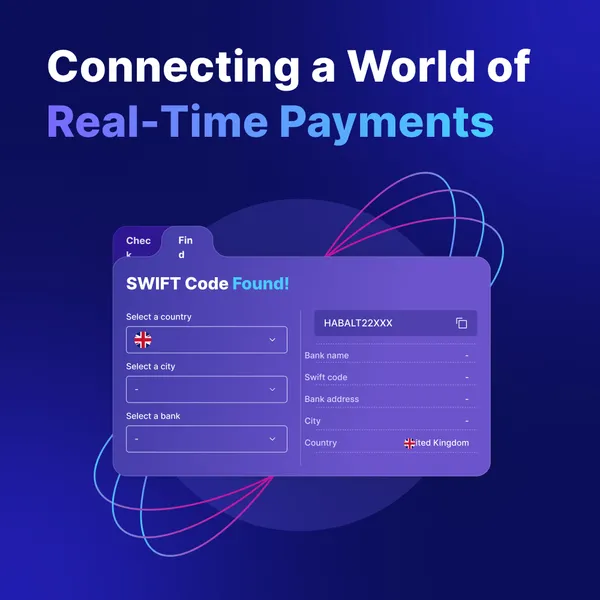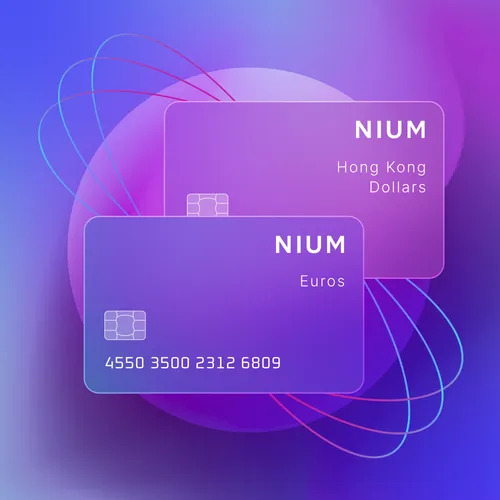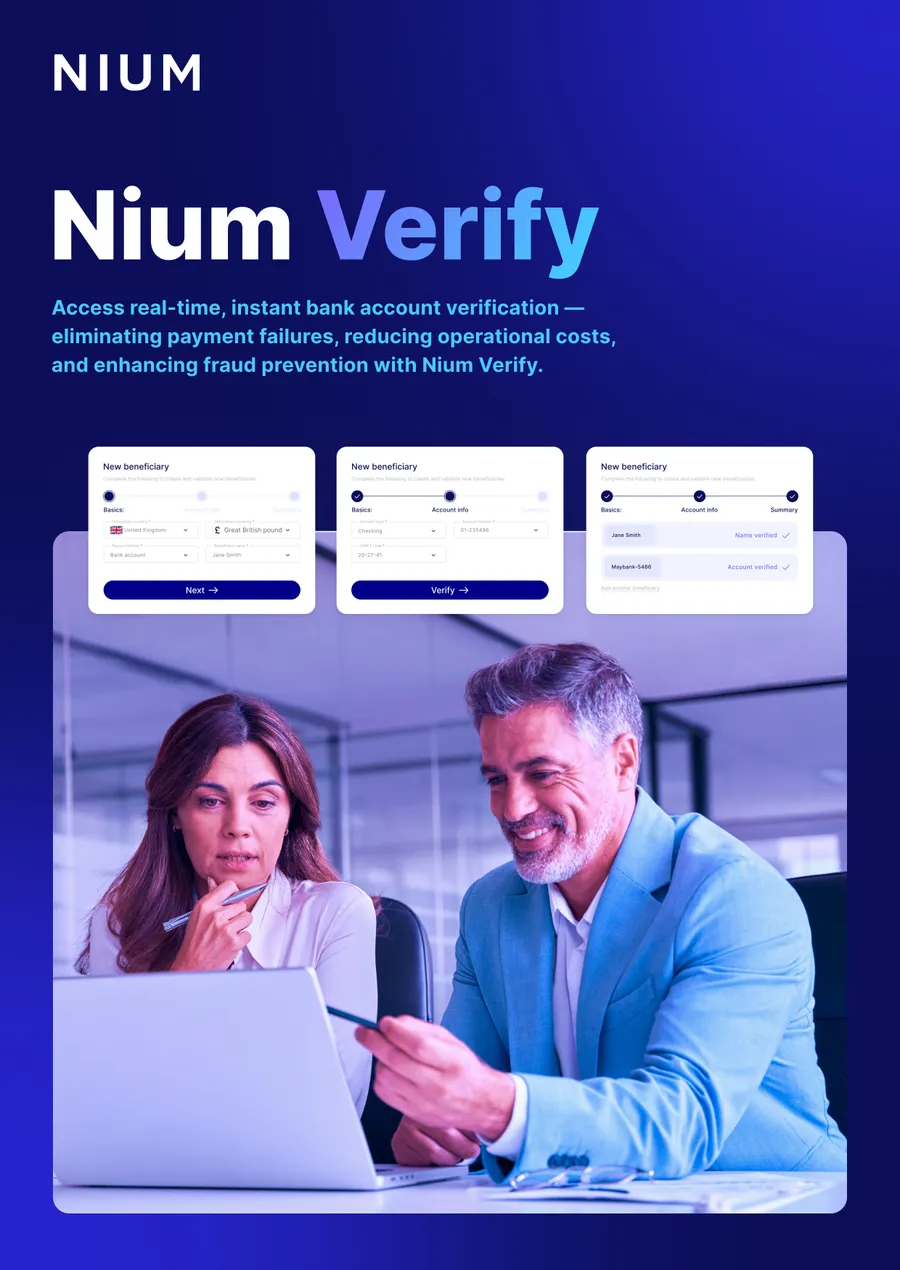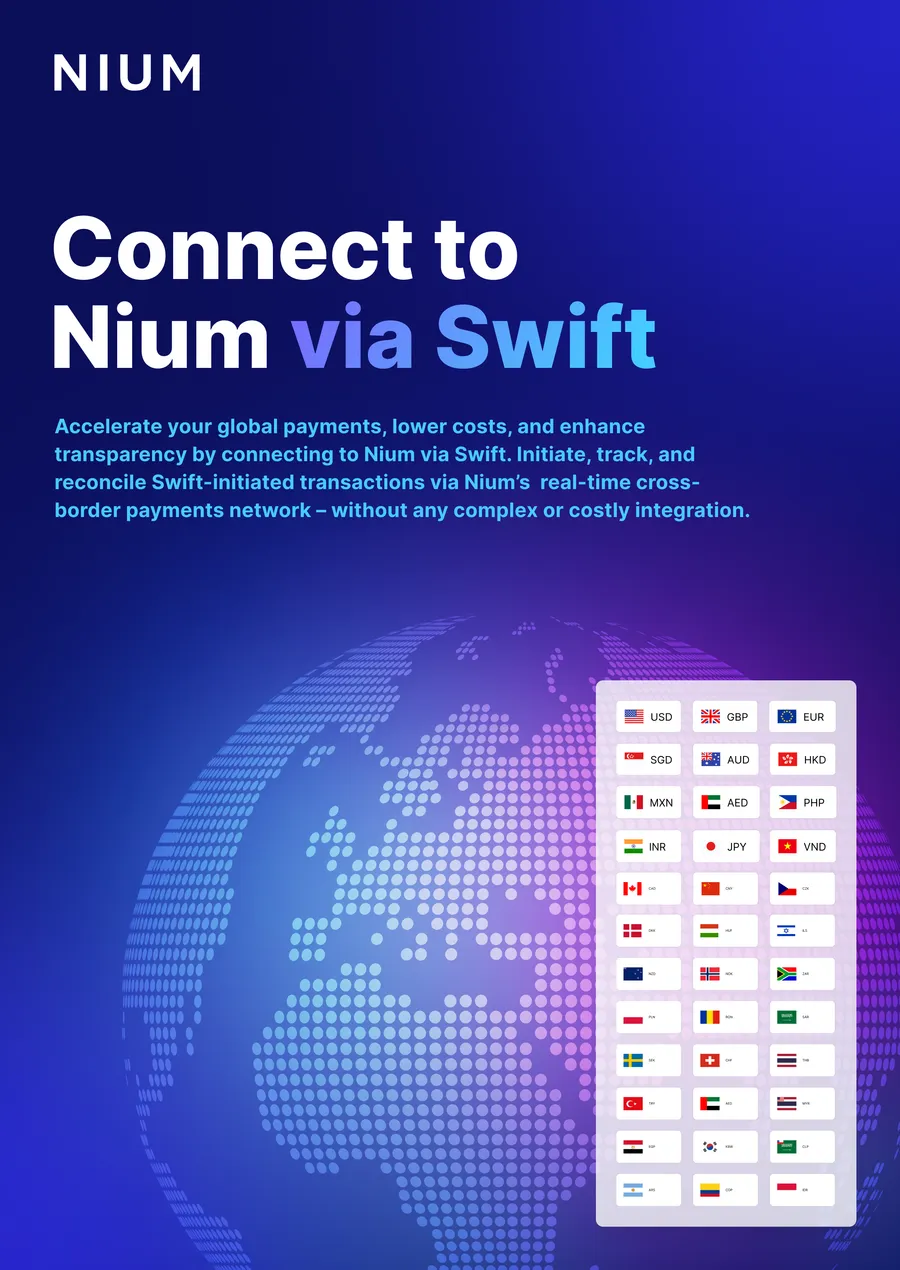In today’s interconnected global economy, the need for efficient, cost-effective, and transparent cross-border payment systems has never been more critical. Cross-border payments are one of the fastest growing areas of transactions, with flows reaching about $150 trillion in 2022, a 13% increase in a single year. Meanwhile, in 2023, real-time payments accounted for $266.2 billion transactions globally, representing year-over-year growth of 42.2%.
However, global payment infrastructure has increasingly been out of step with the needs of modern financial institutions. Despite advancements, cross-border payments still face several hurdles, from fragmented payment messaging and connectivity standards across regions to inconsistent regulations and compliance standards. The result? Higher cost, slower processing times, data loss, and less transparency.
The globalization of payments
Financial institutions are facing growing demand to streamline cross-border transactions, but these challenges around interoperability can make it harder to provide the speed and service that customers expect.
There are myriad proprietary message standards for domestic and international payments, many of which are using unstructured data. This can result in subjectivity regarding which data are included and how they are processed. Despite the innovation and growth of instant payment schemes, the divergence in message formats and connectivity protocols makes it difficult for institutions to take full advantage of these.
This can lead to slower processing times, higher cost, data truncation and loss, and added complexities around compliance screening. All these challenges increase operational costs for financial institutions and negatively impact the end-customer experience.
To remain competitive and collaborate efficiently, global businesses need to deliver faster, more efficient payment solutions that can meet both regulatory requirements and consumer demand for real-time transactions. And with the industry aligning around the G20 goals of cost, speed access and transparency, there are promising developments oh the horizon.
A world of interoperable payments
As global transaction volumes continue to rise, payment systems are under increasing pressure to communicate and operate seamlessly across borders. The need for instant, reliable transactions is driving increased adoption of real-time payments, with faster payment systems now available in over 70 countries (e.g., PIX, UPI, FedNow, FPS, SEPA Instant, and more).
Recent years have seen the growth of new initiatives like the interlinking of domestic faster payment schemes, API-first fintechs with their networks, and emerging technologies such as CBDC and DLT, all working to solve the interoperability challenges in different ways.
The industry is also increasingly adopting ISO20022, migrating toward this as the new standard of cross-border payments. Many market infrastructures and faster payment schemes already utilize the format, with more expected in the coming years. ISO20022 offers enhanced capacity for richer, more structured data, and while challenges remain around differing versions and implementations, consistent adoption across different payment systems can drive benefits in terms of straight-through-processing, cost, efficiency, and transparency.
Still, the challenge for banks remains: How can they access these new opportunities without major investments in time and resources?
Making a sustainable transition to real-time payments
Despite the growth of alternative rails and faster payment systems, it can be difficult for institutions to access and fully leverage these. Nium has addressed some of the challenges of interoperability by building a global network of direct connections and partnerships and offering a single, standardized interface for institutions to access new real-time payment systems.
However, for banks, adding new bespoke connections in different formats, on top of existing connections and partnerships, can be costly and time-consuming. Banks rely on Swift, which has built a robust and resilient global network fostering security and transparency. Nium has developed a new solution that builds on the Swift network, allowing banks to leverage their existing Swift infrastructure and capabilities to access Nium’s global real-time payments network.
- Exchange Swift messages easily: Use existing SWIFT MT and ISO20022 messages (e.g., MT103/pacs.008) and Swift connectivity to initiate payments to Nium, without the need for API integration. Since there’s no development required, you can start processing payments in weeks, not months.
- Instant settlements: Tap into Nium’s real-time payment network, global reach, and reliable security.
- Lower costs: Reduce payment costs, while delivering full payout amounts with zero deductions and full upfront transparency on fees.
Connect to a world of opportunity
If you’re looking to help your customers expand their businesses globally, Nium’s network has you covered from end-to-end, enabling you to provide the services they need.
- Faster payments: Process 80% of transactions in real-time (within 15 minutes) for major currency corridors.
- Reduced costs: Cut real-time payment processing expenses by up to 80%.
- Greater transparency: Access competitive, real-time FX rates with transparent fees and guaranteed beneficiary amounts—no hidden costs.
To find out how you can access a world of real-time value today, get in touch with our team.













